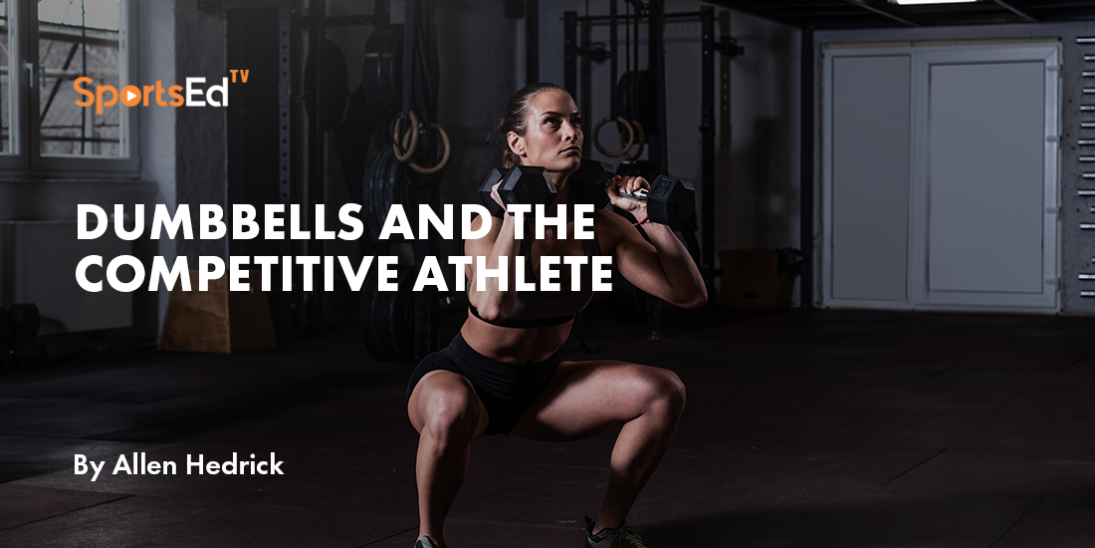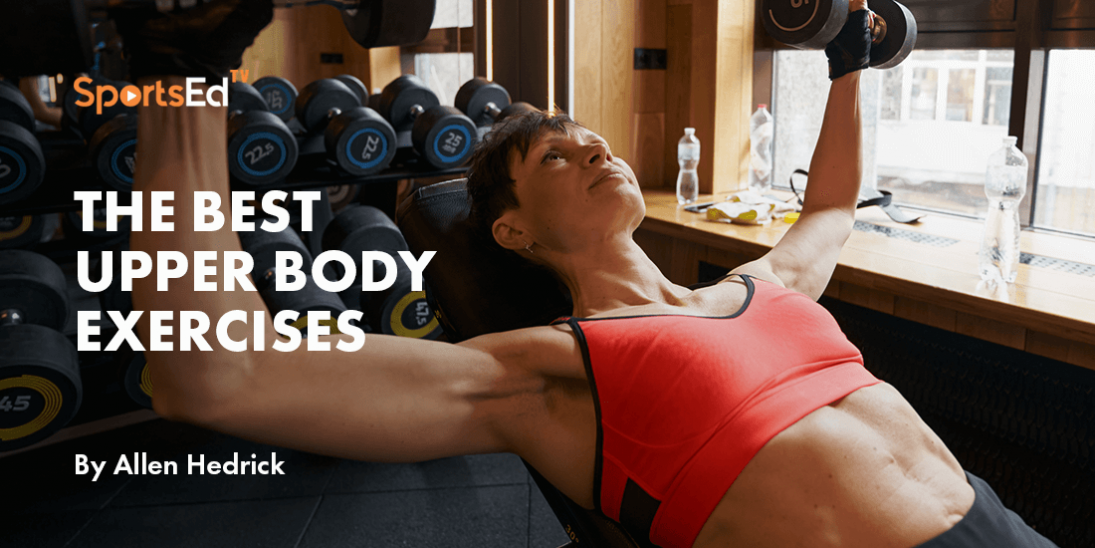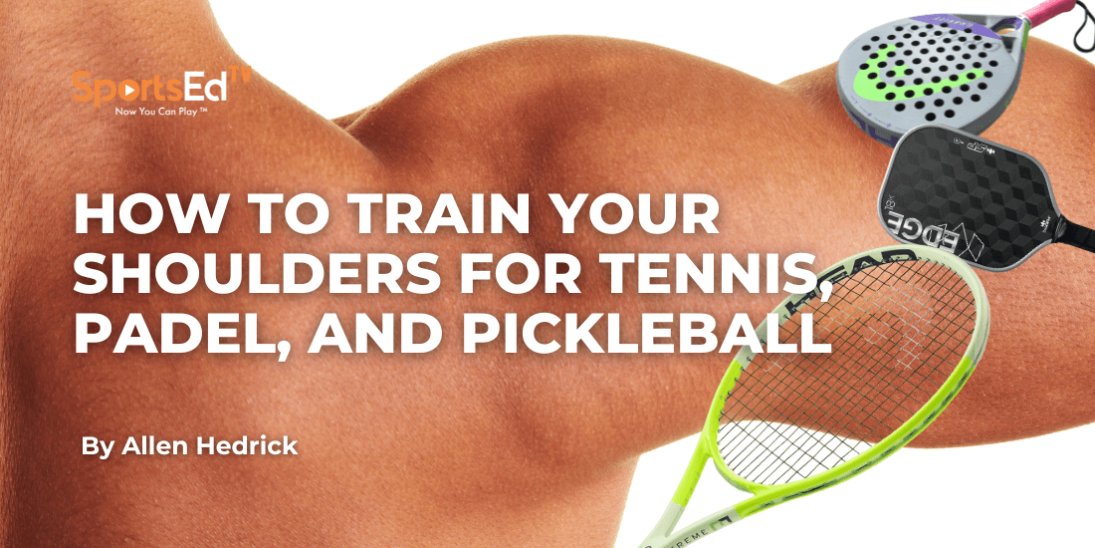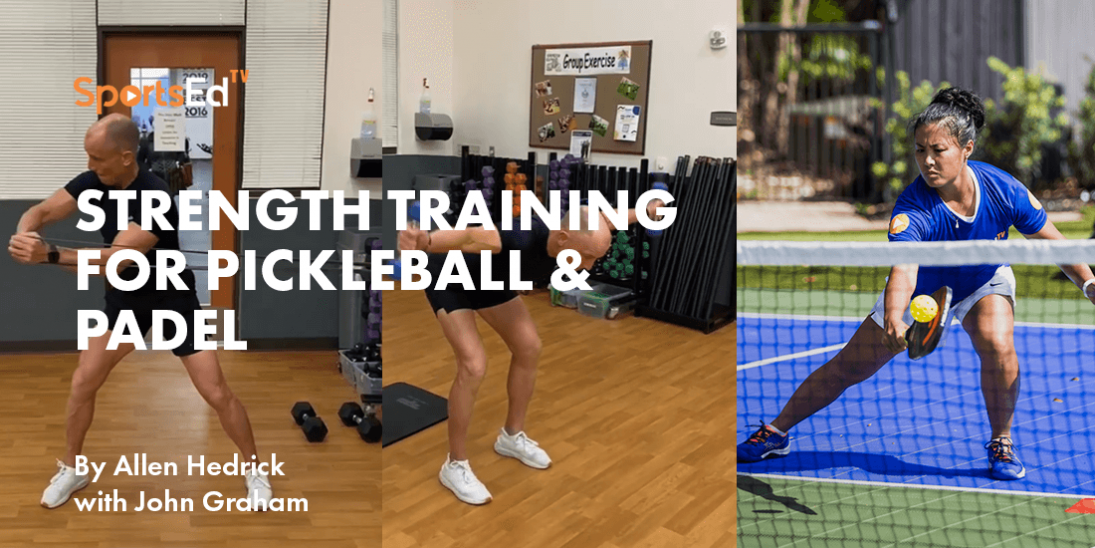Strength And Conditioning, Weightlifting
Welcome and thanks for visiting...

Maximizing Athletic Success: Crafting Effective Training Programs
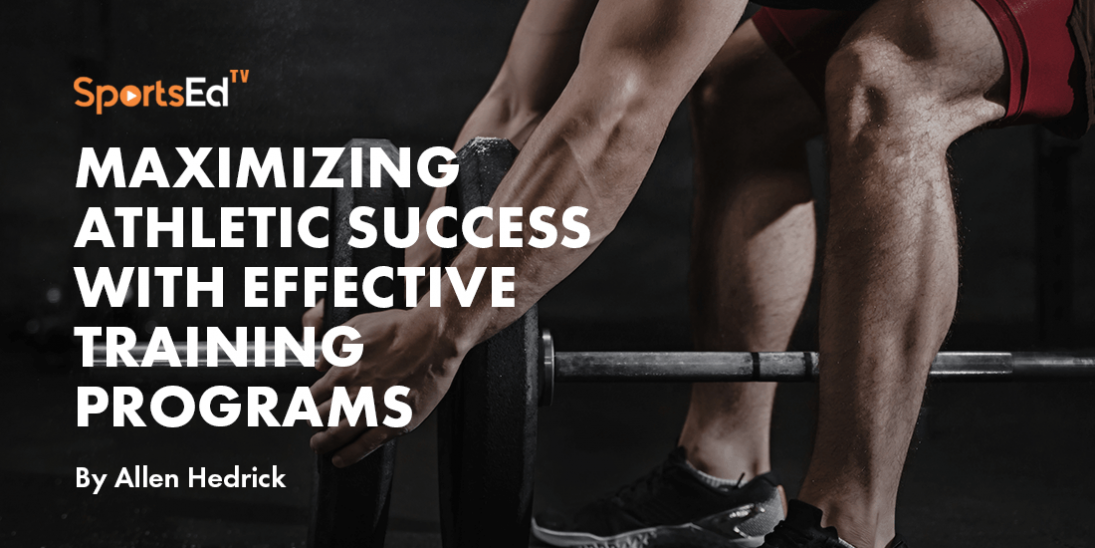
In general, resistance training is used for the purpose of achieving one of five different goals or a combination of those goals. Those goals are typically to increase strength, increase fitness, improve appearance, body building, or to enhance athletic performance.
Before going further, however, I think it is important to explain why I use the term “resistance training” rather than commonly used terms like strength training or weight lifting. The term strength training implies the primary goal of the activity is to increase strength and that is not always the case. The term weight lifting is not always accurate because training can involve the use of such things as resistance bands, medicine balls, or pneumatic (air) resistance. In each of those examples, there is no traditional weight being used to act as a source of resistance. As a result, resistance training is a more all-encompassing description of the type of activity that will be discussed.
Just as there is a difference in the design of programs written with the goal of maximally increasing strength and those written to improve fitness, there are also differences in programs written to enhance athletic performance. The purpose of this article is to discuss some of the program adjustments that can be made when the primary goal of training is to improve athletic performance.
Train Movements, Not Muscles.
In the sport of bodybuilding competitors are focused on the development of specific muscles and thus select exercises based on their ability to target a specific muscle or muscle group. The movement pattern used to train the muscle is not a consideration as long as the targeted muscle(s) are being recruited. This same thought process is common when the goal of training is fitness. There is more of an emphasis on training a specific muscle(s) than training a movement.
This is in direct contact with the thought process when developing a training program for an athlete. Exercises are selected, as closely as possible, based on how well they replicate movements found in the sport. Training the muscles is not the priority. Training the movement is. An easy example of this is in selecting exercises to train the lower body. Bodybuilders, or someone training to improve appearance, could select exercises such as leg press, hack squat, leg extension, or leg curl to train the lower body and for the stated goal each of the exercises listed would be appropriate.
However, those exercises listed are not appropriate for an athlete because the movement patterns used to perform those exercises do not match the movement patterns found in most sports. Applying the concept of specificity, or the SAID principle (specific adaptations to imposed demands), means that the demands placed on the body dictate the type of adaptation that will occur (2). Thus, the idea of sport specificity suggests that physiological adaptations to exercise are specific to the stress applied to the body during training (2).
As a result, most lower body movements in sports are better replicated by movements such as squats, front squats, deadlifts, lunges, or side lunges. All these exercises are standing, closed chain, multiple joint exercises, and the types of movements found in sports. When training to enhance movement performance, this is an important consideration.
Emphasize the performance of the weightlifting movements or related training exercises.
Typical exercises used to improve appearance, for example, are performed at a slower movement speed and often are single-joint exercises meant to isolate one specific area of the body. Little thought is given to training multiple muscle groups in an explosive manner to enhance appearance. However, most sports movements (sprinting, jumping, throwing, swinging a racquet) involve multiple muscle groups working in a synchronized manner to develop as much speed and power as possible in a brief period of time.
One of the best ways to work most of the major muscle groups of the body in an explosive manner is through the performance of weightlifting exercises (cleans, jerks, snatches) or associated training movements (e.g., power clean, power jerk, power snatch). Why is this statement true? Both the clean and jerk and the snatch are powerful exercises and are often used to develop explosive ability in athletes (10). These types of exercises develop significantly more power than squats or deadlifts. The reason for this is the very fast rate of execution of the Olympic style exercises in comparison to squats, deadlifts and other high load, low speed movements.
Be aware that the full movements of these exercises require significant technique and practice to perform them effectively. But associated training exercises, such as hang clean high pulls or hang snatch high pulls are much easier to learn, take less practice time and produce similar rates of power. For most sports, the ability to generate high levels of power effectively is critical to optimal success.
Take Advantage of Dumbbell Training.
The use of dumbbells are often considered to be strictly meant for supplemental type of work limited to exercises such as dumbbell flys or dumbbell curls. In reality, dumbbells can be used to train the entire body and can provide specific advantages in the training programs of athletes (6).
As an example, while employed both at the United States Air Force Academy and Colorado State University, Pueblo, as head strength and conditioning coach and directing the strength and conditioning programs for football, I designed the programs so that our skill position athletes (quarterback, running back, wide receiver, kicker, defensive backs) trained strictly with dumbbells twice a week and barbells once per week. Two examples demonstrating the success of this approach include in 1998 when Air Force finished the season 12-1 and ranked 10th in the country and in 2014 CSU Pueblo won the DII National Championship with a record of 14-1. I am not suggesting we had that success because of our strength and conditioning program but I am suggesting our training program contributed to that success, along with a lot of great players and great work by the football coaching staff at those two schools.
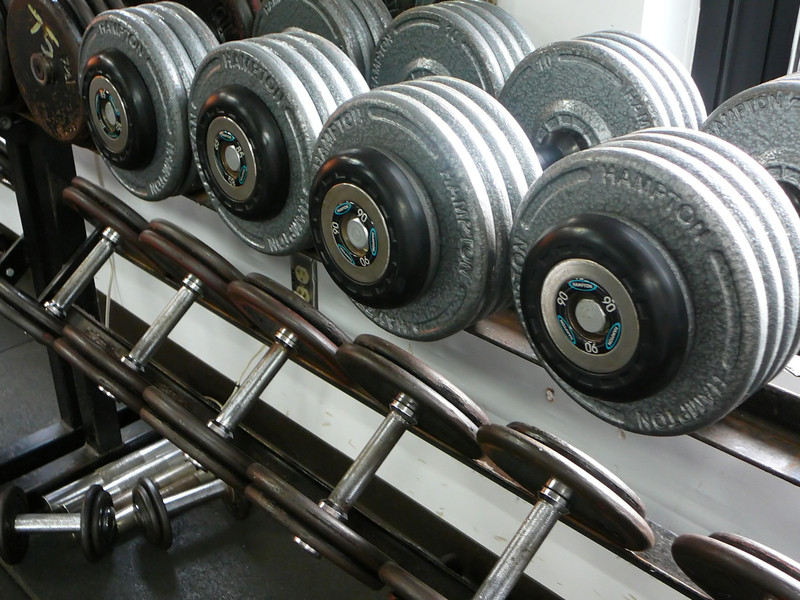
As a strength and conditioning coach, I did not just want to make my athletes stronger, or more powerful, I also wanted to improve their athleticism and their movement capabilities, and I think that dumbbells can contribute to those qualities. Training with dumbbells requires the athlete to control two separate implements rather than a single implement like a barbell. Dumbbells provide the opportunity to perform both one arm and alternating movements, something that cannot be performed when training with a barbell and can add a degree of specificity to the training program.
I especially emphasized performing the weightlifting movements with dumbbells and the variations that can be performed. From something as simple as an alternating dumbbell push press to as complex as an alternating arm, alternating leg split snatch, where the lift is performed with a split rather than a squat and the split position is alternated each repetition (discussed in the next section).
Alternating Split Position Exercises
As just mentioned, I like to train my athletes using split positions in the lower body and alternate those split positions with each repetition (8). Why emphasize split position exercises for athletes? Other than lunges, most exercises are performed with the feet in a slightly wider than shoulder width stance (e.g., squats, deadlifts, standing shoulder presses), yet most, if not all, sports involve performance in both a shoulder width stance and a split position, and often times the split position is alternated (i.e., right foot forward, left foot forward). One thing I found is that most athletes are quite comfortable splitting the dominate foot forward and initially much less comfortable splitting the non-dominate foot forward. I wanted my athletes to feel equally strong, powerful, and balanced with either foot forward and typically they learn to feel equally comfortable with either foot forward within a few weeks of training.
Intra-set rest periods (Cluster Sets).
This is an adjustment I made in the training programs of my athletes late in my career. Intra-set rest times involve inserting a rest time mid-set (1). For example, if the athlete is performing a set of 8 repetitions, they complete 4 repetitions, rest for a predetermined period of time, and then complete the final four repetitions of the set. There are two primary advantages of these intra-set rest periods. First, it allows the athlete to train with greater resistance than would be possible, completing all of the repetitions consecutively because there is less fatigue involved. Second, because of the decrease in fatigue, the athlete can move the resistance with greater speed, the importance of which will be discussed in the next section.
Emphasize Lifting Speed.
One of the primary benefits of resistance training for athletes is the opportunity to increase power capabilities. Optimal performance in most sports is not limited by strength levels as much as it is limited by power capabilities. When training for improved athleticism, the thought process used while training can be just as important as the execution. By focusing on moving the resistance fast, it is possible to improve power, whether or not the actual lifting speed is fast or not.
The theory of intent to move the resistance fast suggests that by focusing on the intention to move as fast as possible, despite the actual movement speed not actually being fast, can improve power production (5). This occurs because of an adaptation leading to quicker activation of fast twitch fibers, faster rate coding of action potentials (i.e., the frequency at which neural signals are sent to the muscles) and increased motor unit synchronization which increases the rate of force production.
Timed Exercises.
Building off the idea of emphasizing lifting speed, one method to force the lifter to focus on lifting speed is to place a time component on the set and repetition scheme (7). For example, instead of simply telling the athlete to perform 4 sets of 8 repetitions, a time component is added so, for example, the workout could call for 4 sets of 8 repetitions in 10 seconds, with each of the 4 sets of 8 repetitions required to be completed in 10 seconds. The athlete is instructed to use as much weight as possible but still complete 8 repetitions within the 10-second time limit, always going for the entire prescribed time period. If the athlete completes more than the required number of repetitions, they are instructed to increase the resistance, if they complete fewer than the required number of repetitions they are instructed to lift faster and, if necessary, to reduce the training load. All repetitions must be completed in good form, or, as I used to tell my athletes, no ugly reps! This is an effective way to shift the emphasis during training from how much weight can I lift to how fast can I move the weight.
Medicine Ball Training
One disadvantage of traditional weight training, typically performed with a barbell or dumbbells, is that with many exercises the faster the weight is moved the greater the range of motion that the weight actually has to be decelerated. For example, on a standard bench press, to avoid injury, the bar speed has to be reduced at the terminal end of the range of motion. When training with a medicine ball, where the ball is thrown, minimal deceleration needs to occur (9), which more closely simulates movements in sports where little deceleration occurs during most competitive movements.
Chains/Resistance Bands.
One method that can be used to decrease the need to decelerate the barbell when performing high-speed movements is through the use of chains or resistance bands. By hanging a chain from the bar, or attaching a resistance band, the force required to move the bar increases as the chains act to increase the weight being lifted or the band provides greater resistance in the opposite direction that the bar is being moved. Because of this, the bar speed reduces automatically because the force required to move the bar increases, thus reducing the range of motion in which the bar has to be purposefully decelerated. Chains and bands also help match the strength curve of the working muscles (4). For example, on a bench press, the weakest position for the lifter is when the bar is on or near the chest, and in that position the majority of the chain is laying on the floor and the bands are providing the least amount of resistance. As the bar elevates off the chest, and the arms near full extension, the strength capabilities of the lifter increases. Simultaneously, more force is required to lift the bar because of the increased resistance the chains or bands are imparting on the bar.
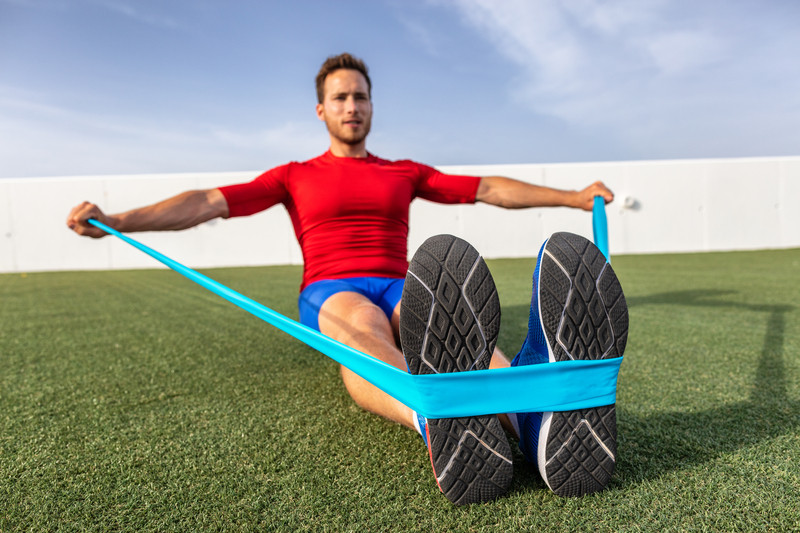
Adding a Command With Olympic Lifts
In many sports environments, the athlete is prompted to make an explosive movement either by an auditory or visual stimulus. For example, in the sport of football, offensive players explode at the appropriate time based on hearing the snap count rather than randomly deciding to explode off the line of scrimmage. In contrast, defensive players make an explosive movement based on the visual stimulus of seeing the offensive player move due to the snap count. In basketball, the defensive player goes up to block a shot based on the visual stimulus of seeing the offensive player initiate the shot attempt. By having a coach provide either an auditory or visual cue, this explosive movement can be replicated when performing, for example, hang power clean or hang power snatch. Once the athlete(s) assumes the appropriate start position the coach can stimulate the explosive effort by providing the appropriate auditory or visual cue (based on the sport and position played of the athlete(s) training, adding a degree of specificity to their training.
WATCH OUR FULL VIDEO LIBRARY OF OLYMPIC LIFTS
References
- Morales, J.A., Padial, P., García, R., Amador, P.C., Castilla, A.P., and Feriche, B. Influence of a Cluster Set Configuration on the Adaptations to Short-Term Power Training, Journal of Strength and Conditioning Research 32(4): 930-937, 2018.
- Bergeron, J. Selection and Design of Sport-Specific Resistance Exercises. NSCA Coach 2(3): 48-53, 2015.
- Earp, J. and Kraemer, W.J. PhD. Medicine Ball Training Implications for Rotational Power Sports. Strength and Conditioning Journal 32(4): 20-25, 2010.
- Flex Magazine. Chain Gang: How And Why To Train With Chains. Retrieved February, 2024 from here
- Haff, G.G., and Nimphius, S. Training Principles for Power. Strength and Conditioning Journal 34(6): 2-12, 2012.
- Hedrick, A. Applying Dumbbell Exercises to Football Players’ Training Programs. NSCA Coach 2(2): 4-7, 2014.
- Hedrick, A., Improving the Strength and Conditioning Program on a Limited Budget. NSCA Coach 9(4): 26-28 2023.
- Hedrick, A. Dumbbell Training and the Competitive Athlete. NSCA Coach 10(1), 22-23.2023.
- Medicine Ball Training Implications for Rotational Power Sports, Earp, J.E., and Kraemer, W.J. Strength and Conditioning Journal 32(4):20-25, 2010.
- Suchomel, T. The Gray Area of Programming Weightlifting Exercises. NSCA Coach 7(3): 6-14, 2020.





